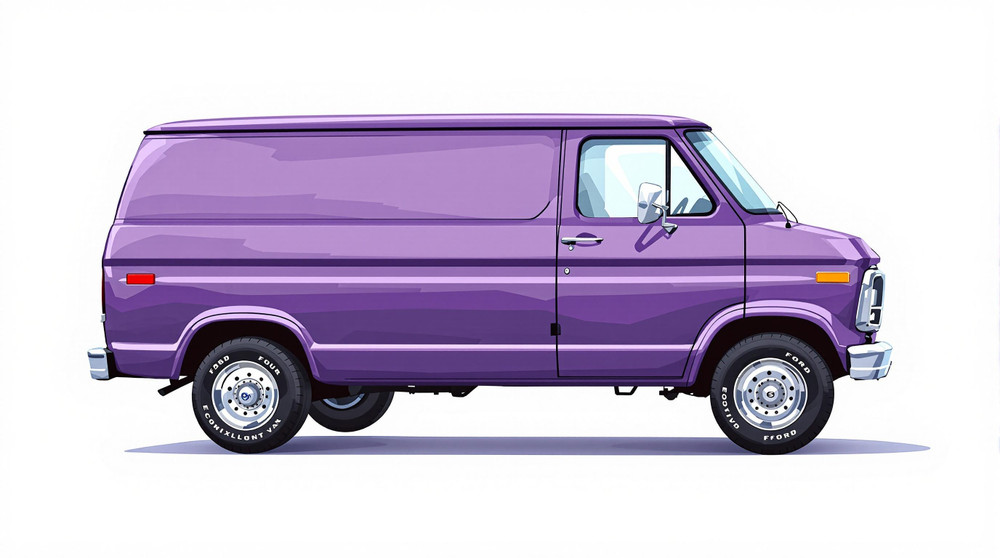Image of 1977 Ford E-150 Econoline, Note: These illustrations use artistic license and may differ from actual historical models.
Performance Metrics
Fundamental Metrics
Emotional Appeal
MMP Rating
| Engine Specifications | |
|---|---|
| Engine Options: | 4.9L Inline 6, 5.8L V8, 7.5L V8 |
| Displacement Range: | 4.9L - 7.5L |
| Horsepower Range: | 100-200 HP |
| Torque: | 223-357 lb-ft |
| Compression Ratio: | 8.0:1 - 8.4:1 |
| Ignition System: | Distributor |
| Cooling System: | Liquid cooled |
| Performance Specifications | |
| 0-60 Time: | Estimated 12-15 seconds |
| 1/4 Mile Time: | Estimated 18-20 seconds |
| Top Speed: | 85-95 mph |
| Transmission and Drive | |
| Drive Type: | Rear-wheel drive |
| Transmission Type: | 3-speed automatic |
| Fuel and Efficiency | |
| Fuel System Type: | Carburetor |
| MPG: | Estimated 10-14 mpg |
| Dimensions and Brakes | |
| Brakes: | Front disc, rear drum |
| Wheelbase: | 124 inches |
| Weight: | 4,500-5,500 lbs |
Note: Specifications for classic cars are given to the best of our ability, considering the limited and variant data available.
The Quintessential Workhorse: The 1977 Ford E-150 Econoline Van
The 1977 Ford E-150 Econoline Van stands as a testament to utilitarian design meshed with the free spirit of the 70s. Born from the assembly lines of the Ford Motor Company, this van was not just a vehicle; it was a canvas for businesses, families, and adventurers alike. Amidst an era of automotive excess, the Econoline was a beacon of practicality and reliability. A notable moment in its history was its embrace by the counterculture movement, often becoming a symbol of freedom and a home on wheels for many.
Design and Innovation
With its boxy silhouette and sturdy build, the exterior of the 1977 Econoline was unmistakably functional. The van's design prioritized space and utility, featuring a prominent grille and round headlights that echoed the friendly face of American motoring. Inside, the cabin was a no-frills affair with durable materials meant to withstand the rigors of daily use. Technological features were sparse but sufficient for its time, with AM/FM radio and air conditioning being considered luxuries. Color options ranged from the subdued to the vibrant, with choices like Sequoia Brown and Carousel Red catching the eye of many. The most iconic body style was undoubtedly the cargo van, a favorite for businesses and conversion enthusiasts.
Historical Significance
The Econoline series revolutionized the van market with its forward-control layout, maximizing interior space and changing the way Americans thought about these versatile vehicles. The 1977 model continued this legacy, offering a balance between functionality and comfort that set it apart from competitors. Its lasting influence can be seen in the countless vans that followed, all echoing the Econoline's emphasis on practical design.
Performance and Handling
Performance-wise, the 1977 E-150 was never a speed demon. With modest acceleration and a top speed that favored safety over thrills, it was built for work rather than racing. Handling was predictable and solid, capable of managing heavy loads without compromising stability. Driving an Econoline was about the rumble of its V8 engine—a sound that spoke more to endurance than to speed—and a ride that valued comfort over cornering prowess.
Ownership Experience
Owners of the '77 Econoline valued its versatility, using it as everything from a dependable daily driver to a mobile workshop or camper conversion. Maintenance was straightforward, with parts readily available and repairs manageable for those with basic mechanical knowledge. Its reliability became legendary among those who needed a van to go the distance without fuss.
Fun Facts
The Econoline has had its share of limelight, appearing in films and television shows as the quintessential "van life" precursor. While not known for breaking speed records, it set its own kind of record in sales and popularity among tradespeople. Criticisms were few but often pointed towards its fuel economy—hardly a surprise for a vehicle of its size and era.
Collector's Information
Today, the 1977 Ford E-150 Econoline Van holds a special place in the hearts of collectors and enthusiasts. While exact production numbers are hard to pin down, it's clear that many have survived thanks to their robust construction. Values can vary widely, from a few thousand dollars for a well-used example to upwards of $20,000 or more for a pristine or expertly converted model. The market trend for these vans is generally appreciating, especially for well-maintained or uniquely customized examples.
Conclusion
The 1977 Ford E-150 Econoline Van may not have been the flashiest vehicle of its time, but its impact on automotive culture is undeniable. It offered a blend of practicality and personality that resonated with a wide range of users. As we look back on this classic workhorse, we're reminded that sometimes, the simplest designs leave the most enduring legacies.
1977 Ford E-150 Econoline Catalog of Parts
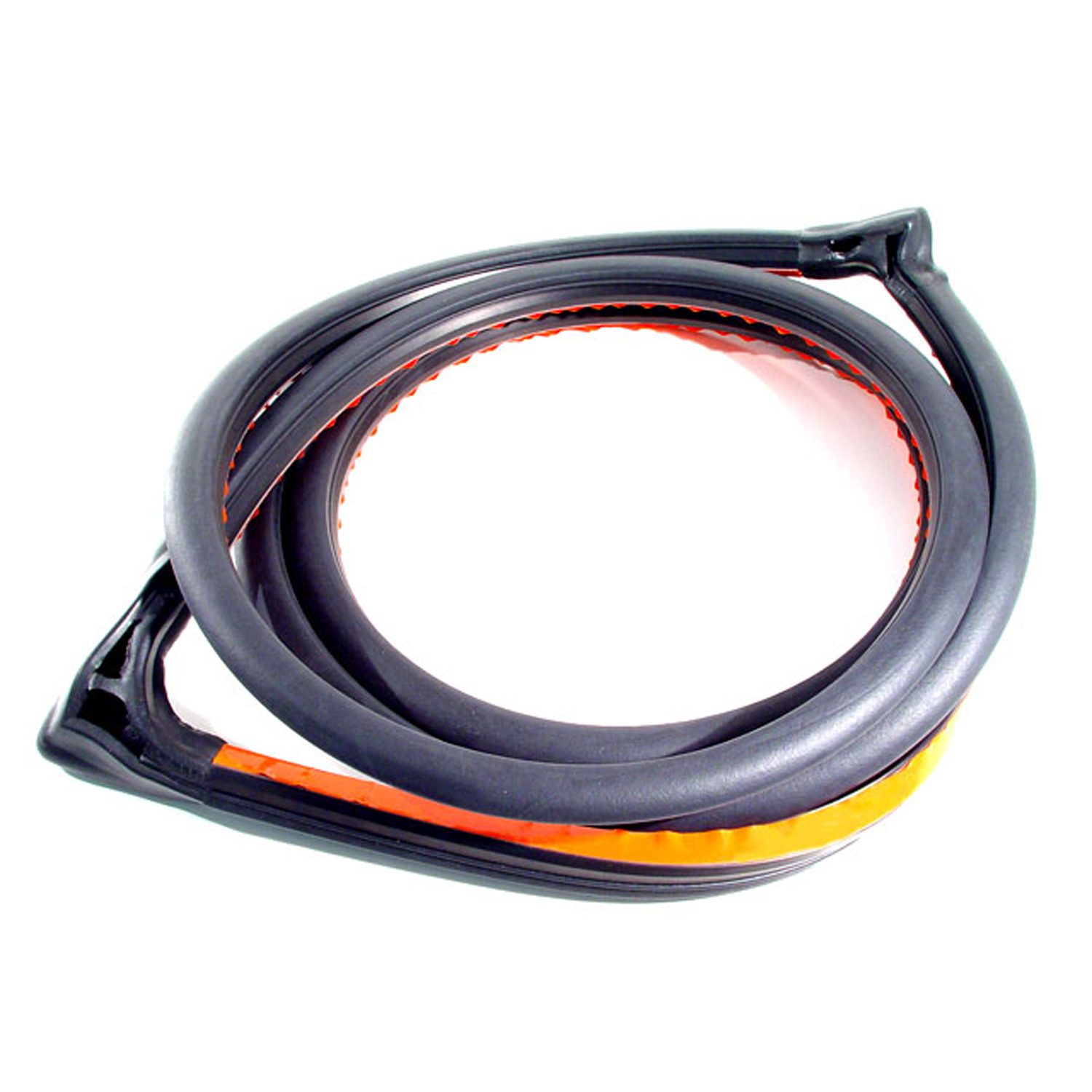 1977 Ford E-150 Econoline Front Side Cargo Door Seal-LM 110-VAFront Side Cargo Door Seal (fits front right side of cargo door). Replaces OEM #E9UZ 1525324 B. For rear (left side) matching seal, see LM 110-VB. Each
1977 Ford E-150 Econoline Front Side Cargo Door Seal-LM 110-VAFront Side Cargo Door Seal (fits front right side of cargo door). Replaces OEM #E9UZ 1525324 B. For rear (left side) matching seal, see LM 110-VB. Each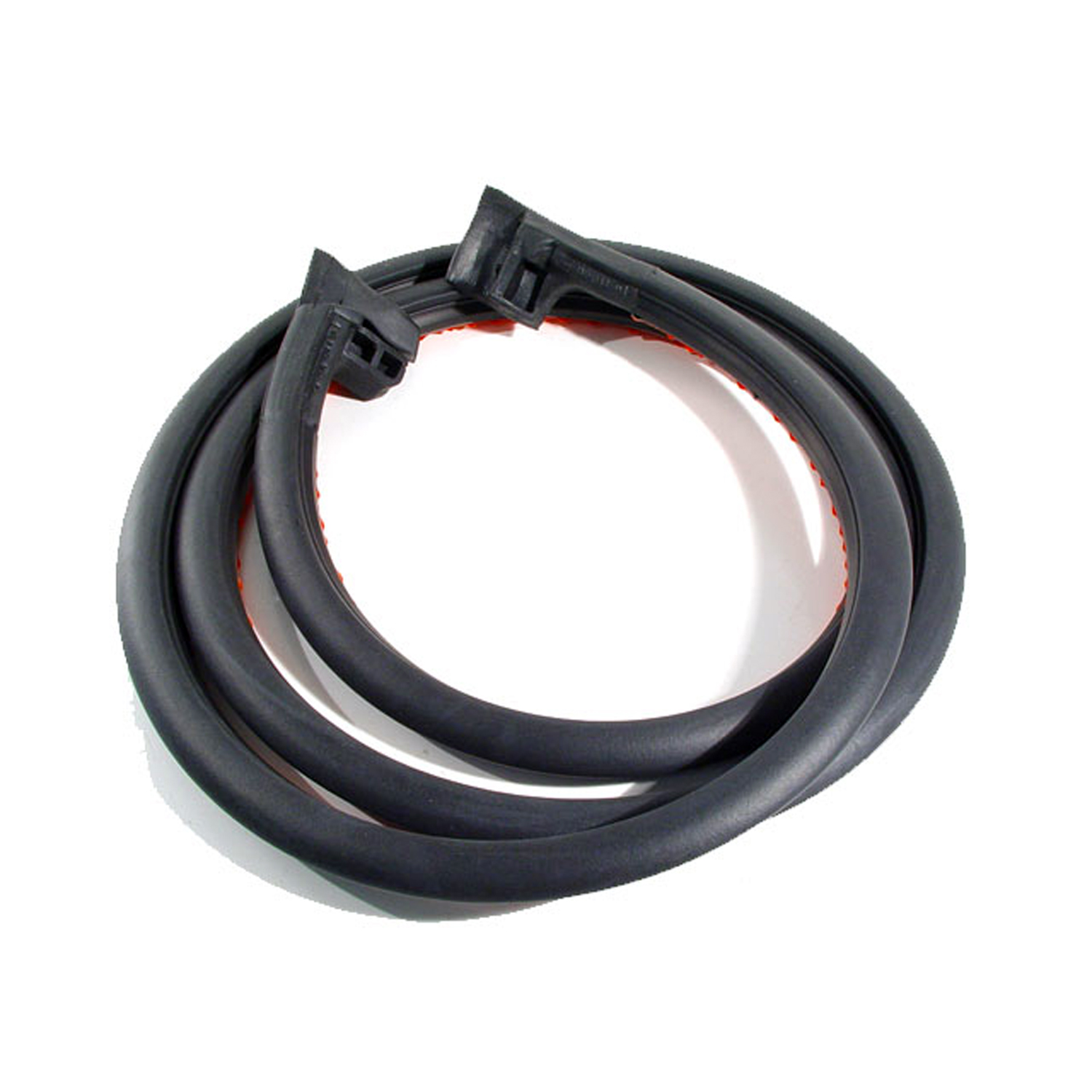 1977 Ford E-150 Econoline Rear Side Cargo Door Seal-LM 110-VBRear Side Cargo Door Seal (fits rear left side of cargo door). Replaces OEM #E9UZ 1525325 B. For front (right side) matching seal, see LM 110-VA. Each
1977 Ford E-150 Econoline Rear Side Cargo Door Seal-LM 110-VBRear Side Cargo Door Seal (fits rear left side of cargo door). Replaces OEM #E9UZ 1525325 B. For front (right side) matching seal, see LM 110-VA. Each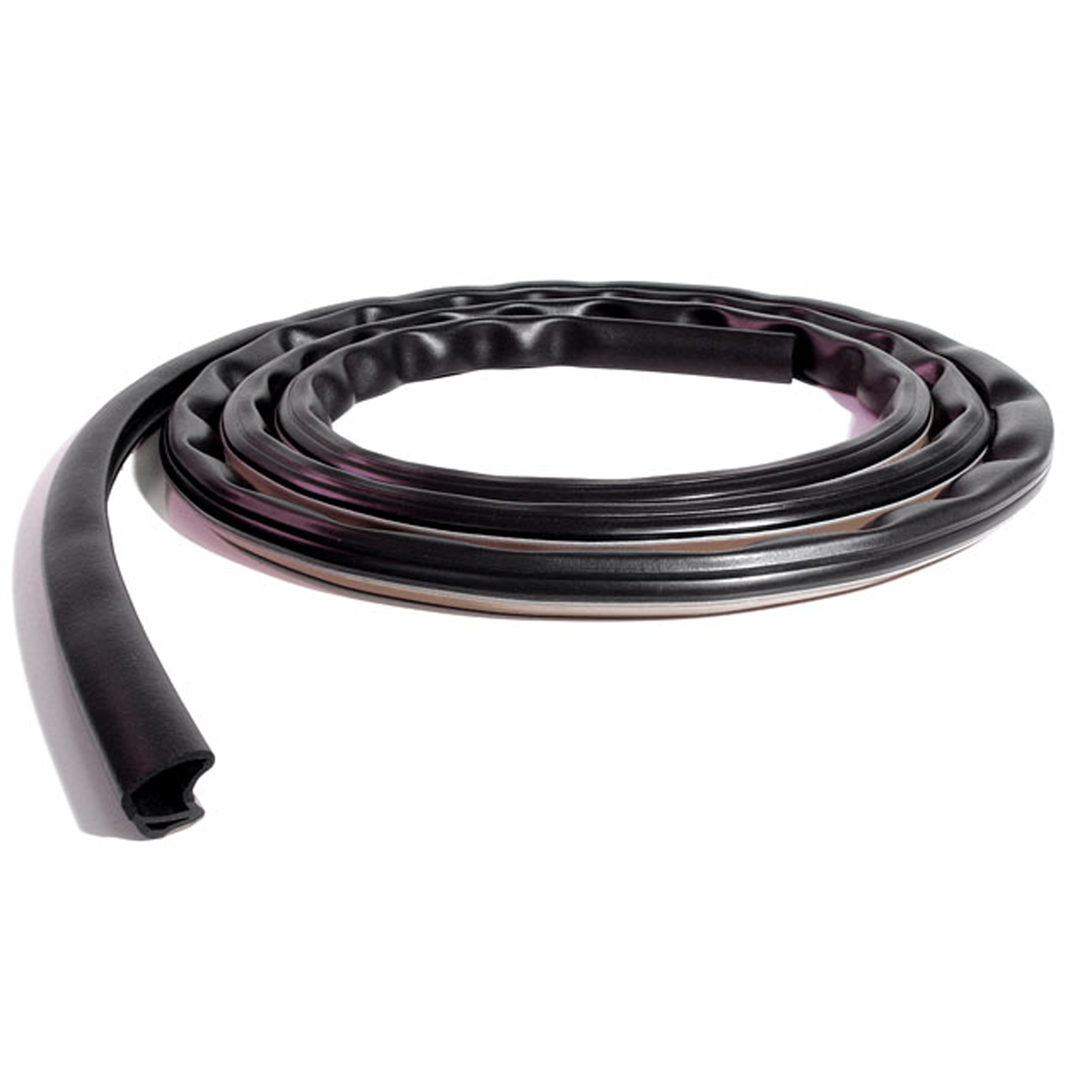 1977 Ford E-150 Econoline Left Front (drivers side) Door Seal. Each-LM 110-VLLeft Front (drivers side) Door Seal. Each
1977 Ford E-150 Econoline Left Front (drivers side) Door Seal. Each-LM 110-VLLeft Front (drivers side) Door Seal. Each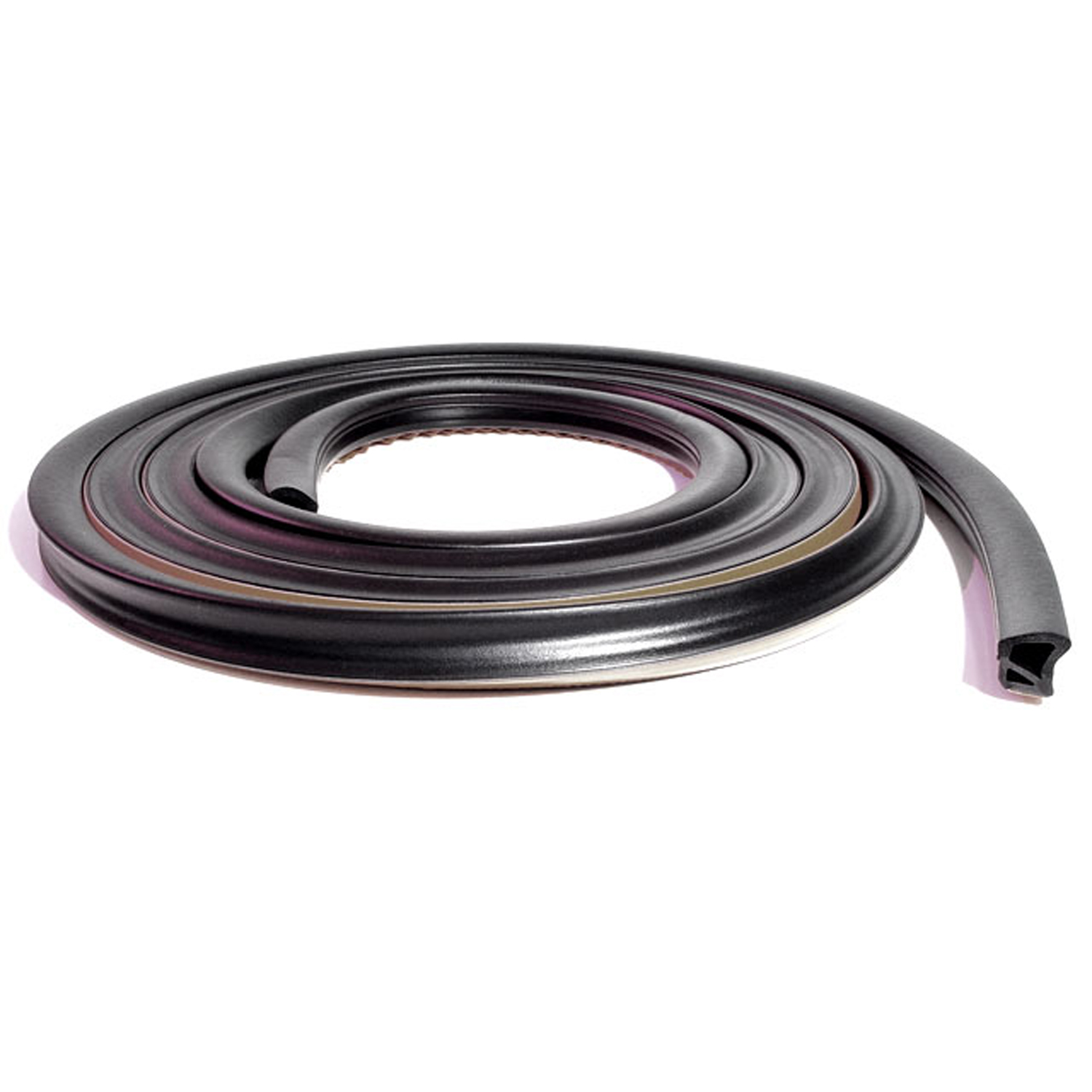 1977 Ford E-150 Econoline Right Front (passenger side) Door Seal. Each-LM 110-VRRight Front (passenger side) Door Seal. Each
1977 Ford E-150 Econoline Right Front (passenger side) Door Seal. Each-LM 110-VRRight Front (passenger side) Door Seal. Each 1977 Ford E-150 Econoline Side Slider Door Seal. Each-LM 110-VSSide Slider Door Seal. Each
1977 Ford E-150 Econoline Side Slider Door Seal. Each-LM 110-VSSide Slider Door Seal. Each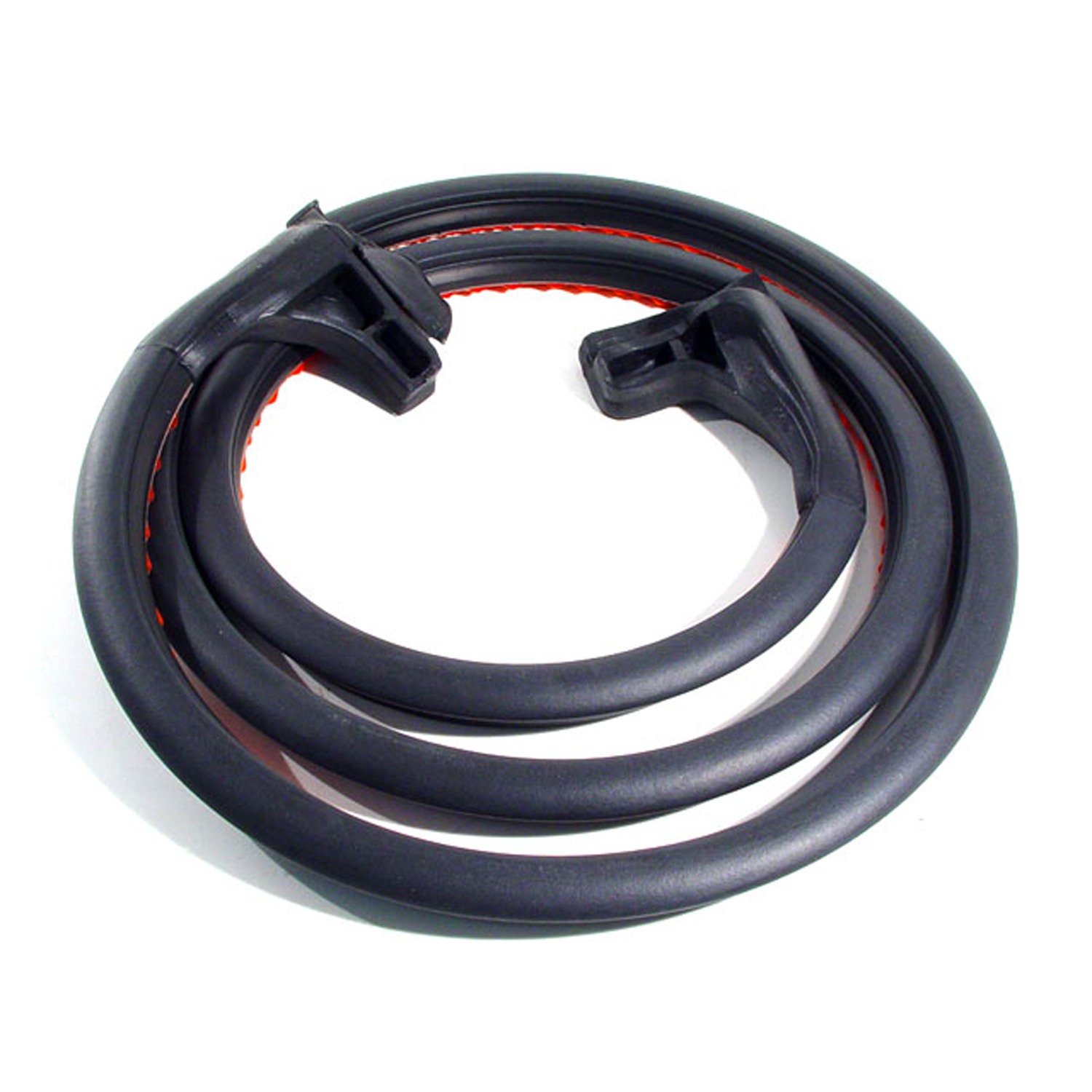 1977 Ford E-150 Econoline Left Rear Door Seal (Drivers Side)-LM 110-VTLeft Rear Door Seal (Drivers Side). Replaces OEM #E9UZ 1543723 A. Each
1977 Ford E-150 Econoline Left Rear Door Seal (Drivers Side)-LM 110-VTLeft Rear Door Seal (Drivers Side). Replaces OEM #E9UZ 1543723 A. Each 1977 Ford E-150 Econoline Right Rear Door Seal (Passenger Side)-LM 110-VURight Rear Door Seal (Passenger Side). Replaces OEM #F0UZ 1543722 A. Each
1977 Ford E-150 Econoline Right Rear Door Seal (Passenger Side)-LM 110-VURight Rear Door Seal (Passenger Side). Replaces OEM #F0UZ 1543722 A. Each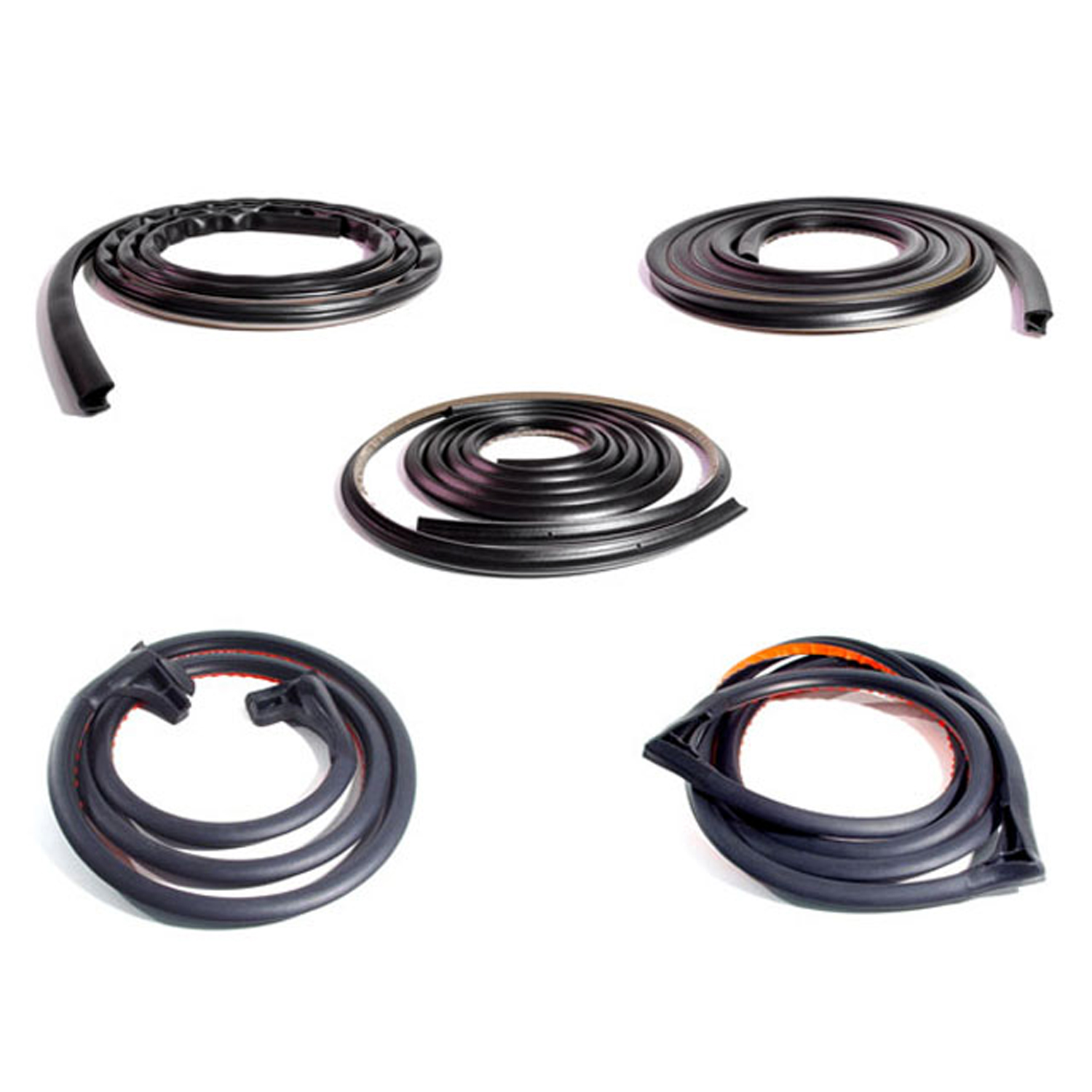 1977 Ford E-150 Econoline Basic Kit, for Models with Side Sliding Door-RKB 3000-100Basic Kit, for Models with Side Sliding Door. Front Left Door (LM 110-VL), Front Right Door (LM 110-VR), Back Left Door (LM 110-VT), Back Right Door (LM 110-VU), Side Sliding Door (LM 110-VS) Seals.
1977 Ford E-150 Econoline Basic Kit, for Models with Side Sliding Door-RKB 3000-100Basic Kit, for Models with Side Sliding Door. Front Left Door (LM 110-VL), Front Right Door (LM 110-VR), Back Left Door (LM 110-VT), Back Right Door (LM 110-VU), Side Sliding Door (LM 110-VS) Seals.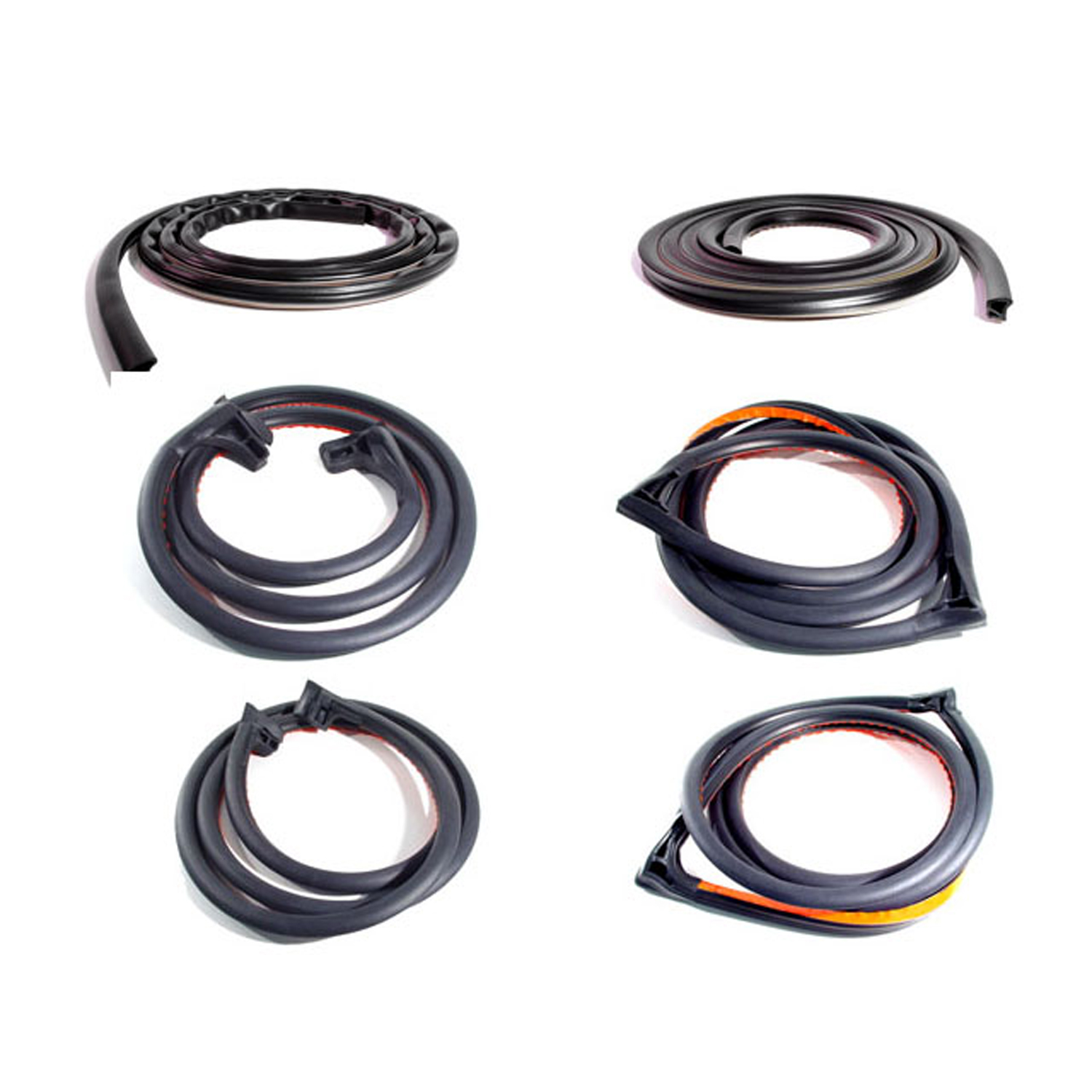 1977 Ford E-150 Econoline Basic Kit, for Models w/Side Cargo Door-RKB 3000-101Basic Kit, for Models w/Side Cargo Door. Front Left LM 110-VL), Front Right LM 110-VR), Back Left LM110-VT), Back Right LM 110-VU), Front Cargo Side (LM 110-VA), Rear Cargo Side (LM 110-VB) Door Seals.
1977 Ford E-150 Econoline Basic Kit, for Models w/Side Cargo Door-RKB 3000-101Basic Kit, for Models w/Side Cargo Door. Front Left LM 110-VL), Front Right LM 110-VR), Back Left LM110-VT), Back Right LM 110-VU), Front Cargo Side (LM 110-VA), Rear Cargo Side (LM 110-VB) Door Seals.Why Choose Metro?
For over 100 years, Metro Moulded Parts has been the pinnacle of quality in classic car restoration parts. Our commitment to precision and authenticity in every component ensures a perfect fit and an OEM-level appearance.
- Expert Craftsmanship & Quality: Each part is a testament to our dedication to reliability and perfection, crafted from original designs and thoroughly tested.
- Advanced Technology: We use cutting-edge techniques to create flawless, long-lasting parts that surpass others in performance.
- SuperSoft Sponge – The Ultimate Door Seal: Not only are our door seals 30% softer than competitors', but they're also guaranteed to never leak. They effectively reduce wind and road noise, enhancing your classic car's comfort and driving experience.
- Proudly American: Our parts are a product of American craftsmanship, made in the USA with a spirit of excellence and heritage.
- Unrivaled Warranty: We back our products with a 30-year industry-leading warranty, a testament to our confidence in their quality.
Join us in preserving the legacy of classic cars with parts that are crafted for perfection, not just made.

